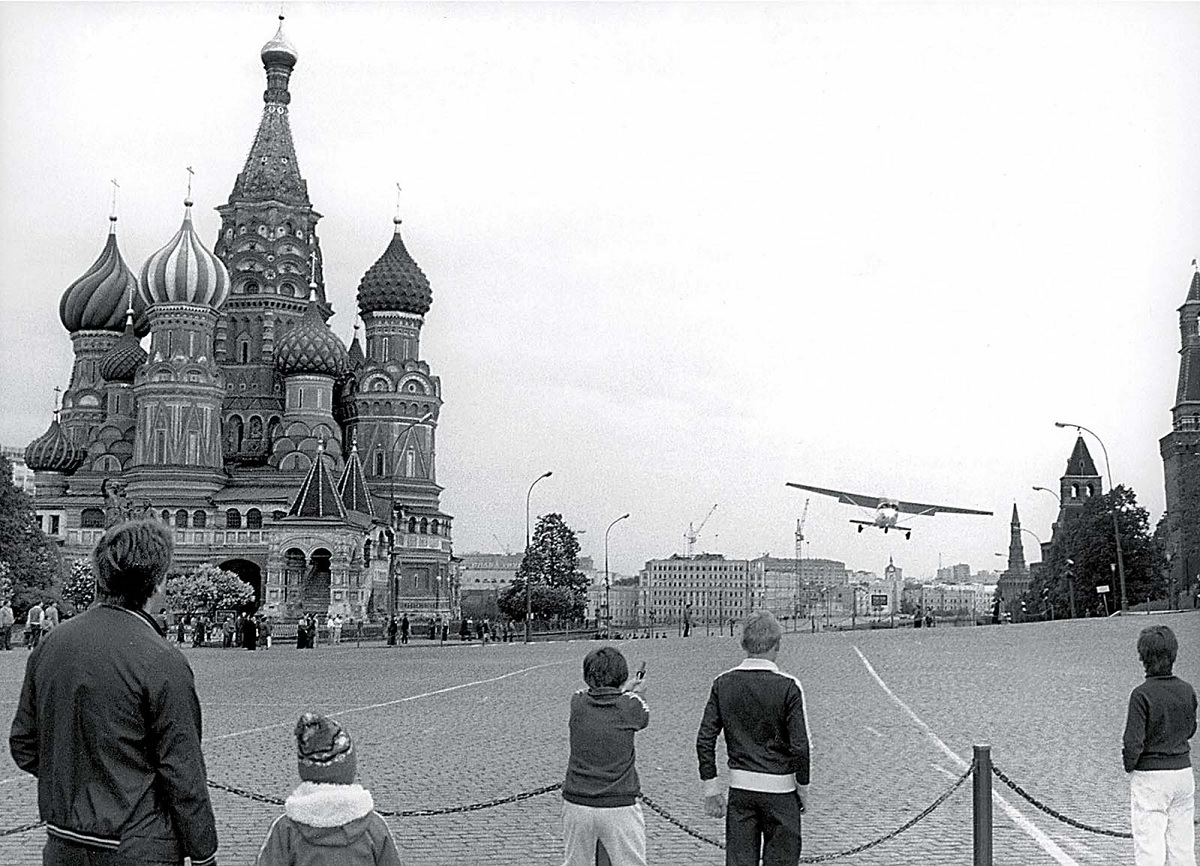With the captain pinned against the window frame for twenty minutes, the first officer landed at Southampton Airport
British Airways Flight 5390 was a flight from Birmingham Airport in England for Málaga Airport in Spain. On Jun. 10, 1990, the BAC One-Eleven 528FL suffered explosive decompression resulting in no loss of life. With the aircraft flying over Didcot, Oxfordshire, an improperly installed windscreen panel separated from its frame, causing the plane’s captain to be blown partially out of the aircraft. With the captain pinned against the window frame for twenty minutes, the first officer landed at Southampton Airport.
‘On Jun. 10, 1990, the windscreen blew out in front of the captain of British Airways Flight 5390 shortly after takeoff from Birmingham, England,’ George Smith, an aviation expert, says on Quora. ‘The change in pressure sucked Captain Tim Lancaster (age 42) out of the aircraft, but his legs were grabbed by flight attendant Nigel Ogden. Without such heroics, Lancaster would have fallen to his death or been sucked into the plane’s engine.’
Nigel Ogden recalls in an article appeared on The Sunday Morning Herald;
‘He had been sucked out of his seatbelt and all I could see were his legs. I jumped over the control column and grabbed him round his waist to avoid him going out completely.
‘Everything was being sucked out of the aircraft: even an oxygen bottle that had been bolted down went flying and nearly knocked my head off. I was holding on for grim death but I could feel myself being sucked out, too. [Steward] John [Heward] rushed in behind me and saw me disappearing, so he grabbed my trouser belt to stop me slipping further, then wrapped the captain’s shoulder strap around me. Luckily, Alistair [Atchison], the co-pilot, was still wearing his safety harness from take-off, otherwise he would have gone, too.’
Lancaster was exposed to the equivalent of 345 mph winds and 1.5 F (-17 C) temperatures.
Ogden continues;
‘I was still holding on to Tim but the pressure made him weigh the equivalent of 500 pounds [about 200 kilograms]. It was a good thing I’d had so much training at rugby tackles, but my arms were getting colder and colder and I could feel them being pulled out of their sockets.
‘I couldn’t hold on any more, so [steward] Simon [Rogers] strapped himself into the third pilot’s seat and hooked Tim’s feet over the back of the captain’s seat and held on to his ankles. One of the others said: “We’re going to have to let him go.” I said: “I’ll never do that.” I knew I wouldn’t be able to face his family, handing them a matchbox and saying: “This is what is left of your husband.” If we’d let go of his body, it might have got jammed in a wing or the engines.
‘I left Simon hanging on to Tim and staggered back into the main cabin. For a moment, I just sat totally exhausted in a jump seat, my head in my hands.’
At the same time, Atchison put on his oxygen mask and managed to land the plane 22 minutes later. Everyone survived, including Lancaster, 81 passengers and four crew.
Ogden concludes;
‘The paramedics had Tim in the cockpit on a stretcher and I went in to see him.
‘He was lying there, covered in blood, but to my amazement I heard him say: “I want to eat.” I just exclaimed: “Typical bloody pilot.” Luckily, he’d been in a coma throughout the ordeal, his body had just shut down. I went out onto the front steps, and shouted at the others “He’s alive!” and then I cried my eyes out.’
Lancaster had frostbite from exposure to the extreme cold and several fractures. Ogden also suffered frostbite and had a dislocated shoulder.
Within five months Lancaster was flying again and he became a pilot for easyJet.
Ogden returned to work after a break but suffered post-traumatic stress and took early retirement in 2001 on the grounds of ill health. He then became a night watchman at a Salvation Army hospital.
In 1992, a report was published showing that a BA engineer, working under pressure, had fitted a new windscreen with bolts that were too small.

Photo by screenshot from YouTube video and Rob Hodgkins via Wikipedia





















